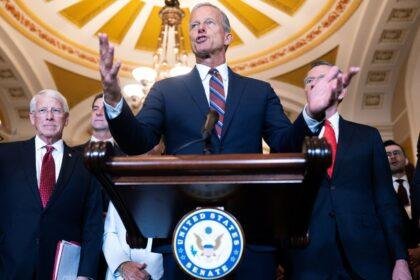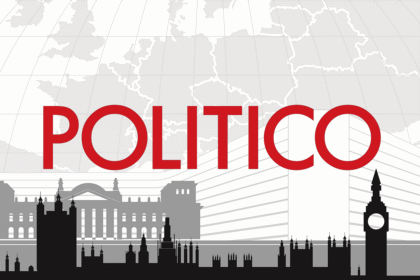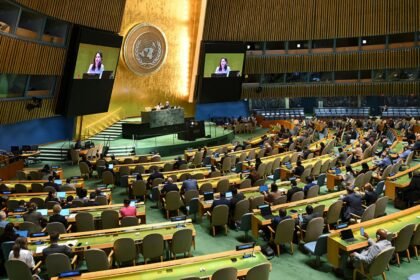Indian Students Reconsider U.S. Education Amid Visa Restrictions and Job Market Concerns
In a significant shift, many Indian students are turning away from pursuing higher education in the United States, a trend that has left educational consultants and families alarmed. Mrinalini Batra, a seasoned higher studies counselor with three decades of experience, remarked, “I have never seen anything like this in 30 years.” This sentiment reflects the growing unease among prospective students and their families regarding the U.S. educational landscape.
A Changing Landscape for International Students
The recent measures implemented by the U.S. government, particularly during the Trump administration, have raised concerns among Indian students. These measures include stricter visa regulations, increased fees for H1B work visas, and a proposed cap on international students at U.S. universities. According to data from the U.S. International Trade Administration, the number of Indian students arriving on student visas plummeted by 44.5% in August 2025 compared to the previous year, with a similar decline of approximately 46% in July.
This decline is not merely statistical; it reflects a broader sentiment among students and their families. Many are now exploring alternative destinations for higher education, such as the United Kingdom, Germany, Australia, and Singapore. The shift is indicative of a growing perception that the U.S. is no longer a viable option for international students.
Parental Concerns and Student Experiences
Parents are increasingly apprehensive about sending their children to study in the U.S. One parent, who chose to remain anonymous, expressed their concerns: “The stress and tension for our child were not worth it. Many kids studying in America didn’t return home for holidays because they weren’t sure if they would be allowed to re-enter.” This uncertainty has led families to consider other countries, with one parent stating that their daughter would be studying in the UK instead.
The apprehension is further fueled by the Trump administration’s restrictions on skilled immigration, particularly the newly introduced $100,000 application fee for H1B visas. Historically, the H1B visa has been a crucial pathway for Indian students to secure employment in the U.S. after graduation, often leading to permanent residency. However, this pathway appears to be narrowing, leaving many students questioning their future prospects.
Impact on Employment Opportunities
The tightening of visa regulations has already begun to affect hiring practices among U.S. firms. An Indian student at a prestigious U.S. university shared, “Some firms have hired international students and then ended up revoking those offers, opting to hire Americans instead to avoid visa complications.” This shift has created a challenging environment for Indian students, particularly those who have taken substantial loans to finance their education.
One student recounted the plight of a friend who incurred $80,000 in debt for a master’s degree in architecture, only to be informed that her U.S. employer would not sponsor her visa. “It’s definitely something I have to consider,” the student remarked, highlighting the financial and emotional toll of these changes.
Crackdowns and Activism
The Trump administration’s approach to foreign students has also included crackdowns on universities and international students. Earlier this year, several student visas were revoked due to alleged activism in support of Palestine, raising concerns about academic freedom and the treatment of international students. Additionally, expanded social media background checks for visa applicants have led to delays, further complicating the application process for many students in India.
The administration’s contentious relationship with prominent U.S. universities, such as Harvard, has also contributed to the uncertainty. Threats of funding cuts unless universities comply with government demands, including a 15% cap on international students, have left many students feeling disillusioned. One Harvard student expressed, “I’m a little disillusioned. This is the kind of uncertainty I don’t need in my life.”
The PhD Dilemma
The impact of these changes extends to Indian PhD students, who typically require five to seven years to complete their research. The imposition of a strict four-year time limit on student visas has deterred many from pursuing advanced degrees in the U.S. A PhD scholar noted, “The number of people going from Masters to PhDs is going down. Funding has been cut, and professors are less likely to offer financial support.”
A Long-Term Shift?
While the current trend of Indian students turning away from the U.S. raises questions about the future of international education, it remains uncertain whether this is a temporary reaction or part of a longer-term shift. One parent, reflecting on the changes, stated, “I studied in America myself. It was a country that welcomed everyone. It is amazing to see how the country has changed overnight to become so inward-looking.”
Conclusion
The landscape for Indian students seeking higher education in the United States is undergoing a profound transformation. With increasing visa restrictions, a challenging job market, and a climate of uncertainty, many are reconsidering their options. As they explore alternative destinations, the implications for U.S. universities and the broader educational ecosystem remain to be seen. The shift not only reflects changing attitudes toward American education but also raises critical questions about the future of international student mobility in an increasingly globalized world.











